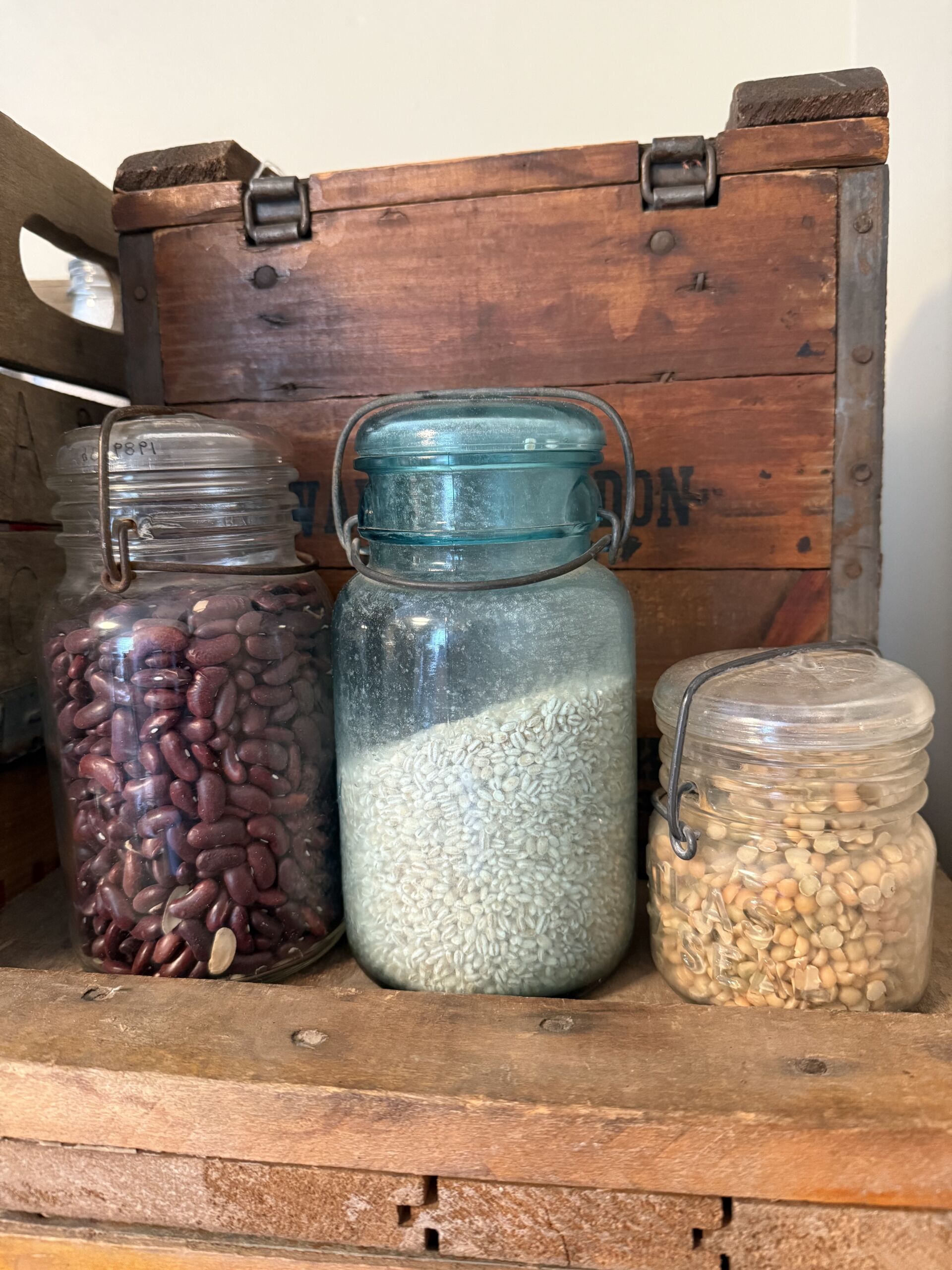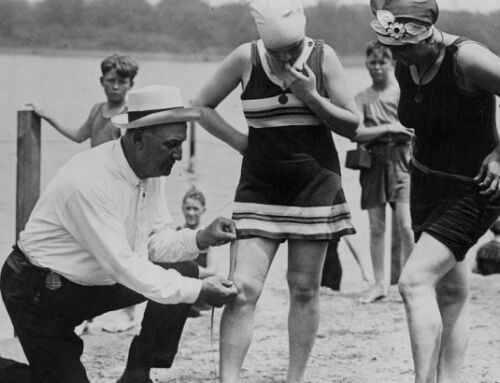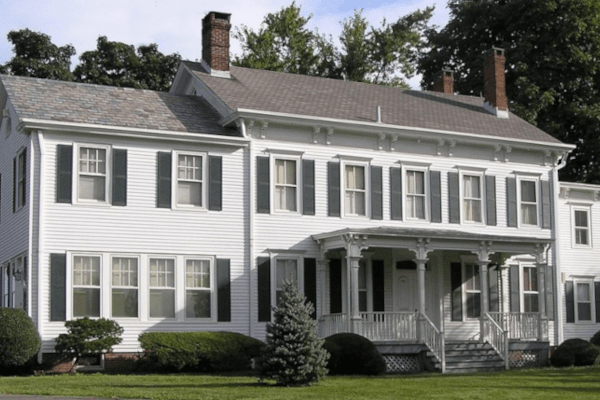When we think of summer in Plainsboro today, we might picture backyard barbecues, local farmers’ markets, or planting a few tomatoes in the garden. But for much of Plainsboro’s history, summer gardening wasn’t just a hobby — it was a way of life.
Families planted large gardens filled with crops that would feed them through the year. Common summer staples included corn, beans, squash, cucumbers, and potatoes, along with herbs and flowers for cooking and medicine. Many of these traditions go back even further, to the Lenape people, who grew the “Three Sisters”: corn, beans, and squash. Together, these plants supported one another in the soil and provided a balanced diet.
In the 1800s and early 1900s, Plainsboro’s farming families carried on this tradition of self-sufficiency. A summer garden wasn’t just for fresh meals — it meant jars of beans and tomatoes canned for the winter, potatoes stored in cool cellars, and herbs dried to season food or treat colds. Children often helped with weeding, watering, and gathering vegetables under the hot summer sun.
Today, when we look at historic photographs or read family diaries from Plainsboro, we see how central gardening was to daily life. The Wicoff House’s own gardens once played a role in providing food and beauty to the family who lived here.
So, the next time you step outside to pick a tomato or admire a sunflower, you’re sharing in a tradition that has deep roots in Plainsboro’s history.








